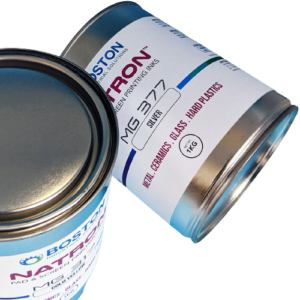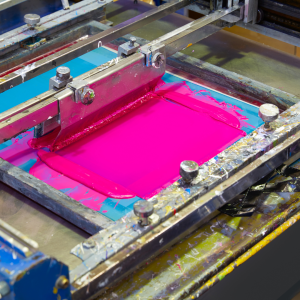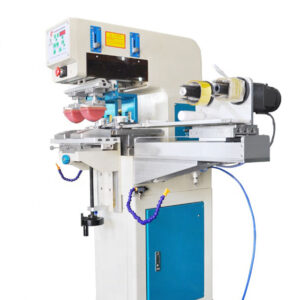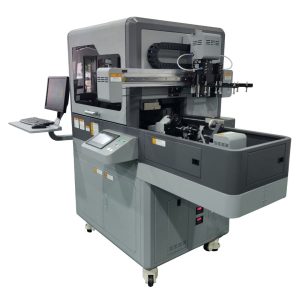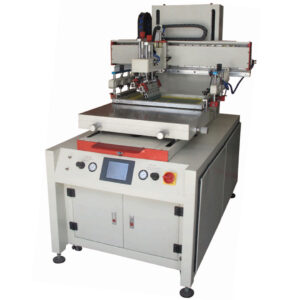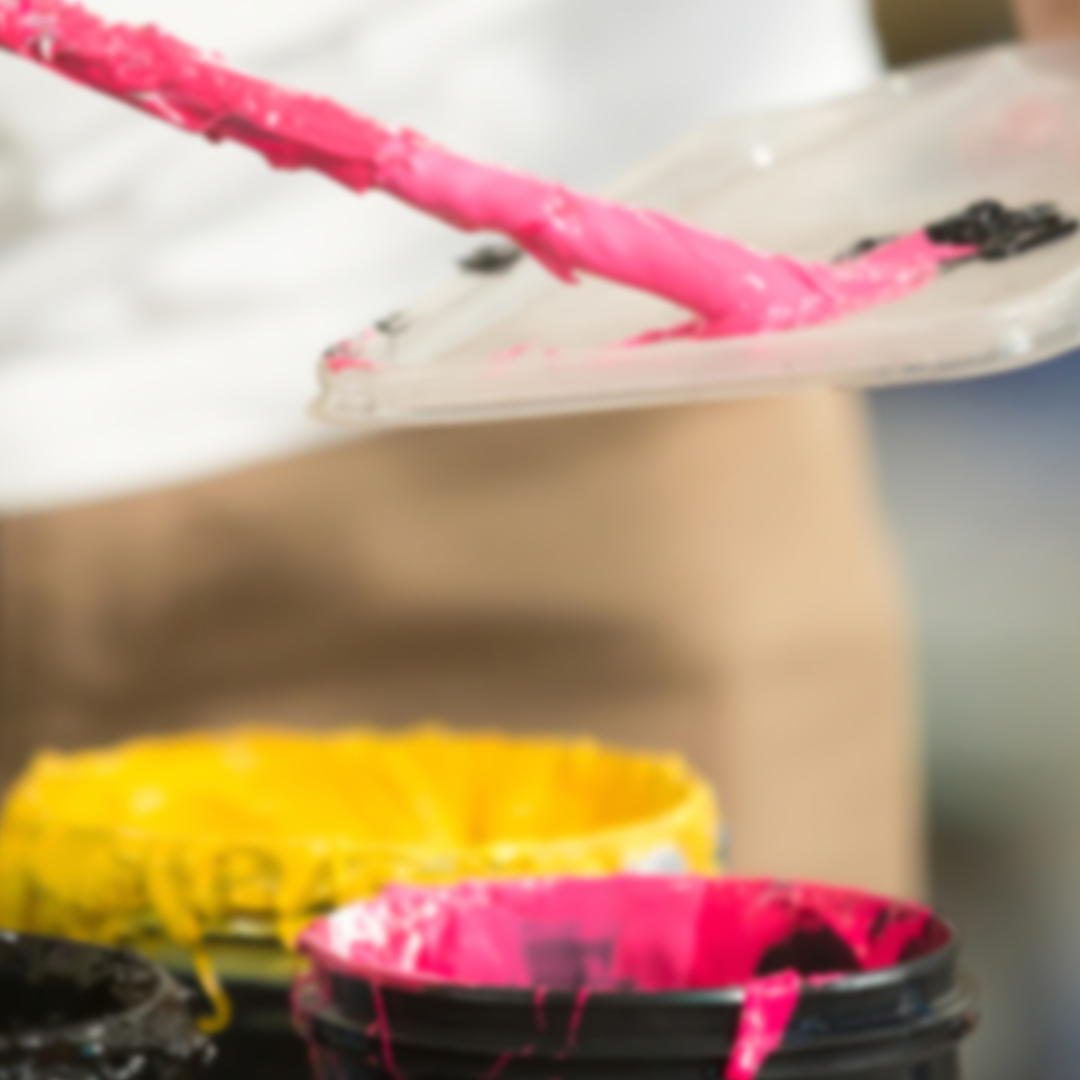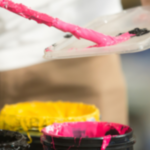To achieve the best pad printing results on a substrate, it is important to choose the correct pad printing ink. Factors to consider when choosing the correct pad printing ink include the substrate, understanding the adhesion properties of the ink, the desired finish, color intensity, and opacity. Lastly, it is important to consider the drying mechanism. We will review each in detail below. Learn how to choose the correct pad printing ink.
What are the chemical components of pad printing ink?
The chemical components of pad printing ink vary depending on the specific formulation and the intended use. Solvent-based inks are the most common type of pad printing ink. The components used to make pad printing ink include proprietary binders, resins, solvents, and pigments.
Let’s briefly review each component.
- Pigment: these are colorants, and they constitute 5–30% of ink. Pigments are dispersed ink binders. Pigments give the ink its color and opacity.
- Solvent dissolves the binder and mixes with the other components. It also helps to transfer the resin-pigment mixture to the substrate during printing. Solvent is usually 15–30% of the ink’s composition. All inks, contrary to what ink suppliers’ market, have a solvent component in them.
- Binders and resins: These constitute 15%–50% of the composition of the ink. Its work is to wet the pigments and disperse the particles. In addition, it is the adhesive that determines the printing properties of the ink. In summary, it forms the ink finish.
- Stabilizes: generally, these do not exceed 10% of the ink components. Their work is to improve flexibility, flow, and pigment stability.
What should you consider when choosing ink for your substrate?
The first step in choosing the correct ink is to determine the composition of your substrate. The reason for this is because different inks adhere to different substrates. Choosing the wrong ink for your substrate is easy if you know what the substrate is. For example, many people confuse TPE (TPR) products with silicone. Another example is plastic. Plastics are categorized into 7 groups: 1 (PETE), 2 (polyethylene-high density), 3 (PVC), 4 (polyethylene-low density), 5 (polypropylene), 6 (polystyrene), 7 (bisphenol, and others).
Next, determine the desired abrasion, chemical, and weather resistance. If the product undergoes lots of cleaning and exposure to chemicals, then you need to consider an ink that will withstand the chemicals. Otherwise, the print will come off once exposed to chemicals. The same applies to products that will be dishwashed. Make sure you use an ink that will withstand alkali detergent, moisture, and hot water, such as the MG Series pad printing ink for glass.
The finish type is also an important consideration when choosing ink for your application. You need to determine if you need a glossy finish or a matte finish.
Pre-treatments and Curing agents are also crucial. Inks that require curing (such as UV-curable inks) include specific curing agents or photo initiators. These agents facilitate the curing process when exposed to UV light. Additionally, there is ink that must be cured with heat, such as silicone. Also, the product might not be able to handle heat and would need to be air-cured.
Pad printing is categorized as one or two-component inks. In certain situations, it is important to consider an ink that uses an additive to improve adhesion rather than using the ink as a single component. Additives such as pad printing hardeners help increase the ink’s resistance to chemicals and abrasion.
Lastly, specialized applications such as silicone and medical-grade printing require specialized pad printing inks. For silicone, we offer the Natron SE silicone screen printing ink. For medical-grade applications, we have the SE-F, the BX Series, and the MG Series.
Learn more about Boston Industrial Solutions, Inc. pad printing inks.


